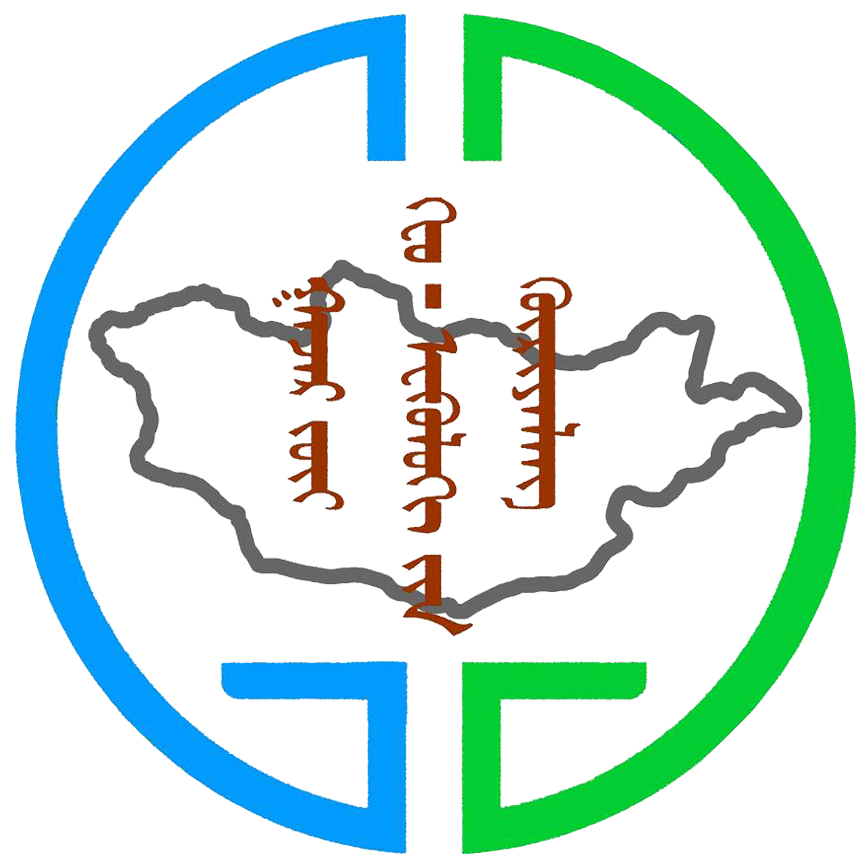After two decades of decreasing agricultural activities, in 2008 the Mongolian government started the “Third Campaign of Reclaiming Virgin Lands”, aiming at massive expansion and intensification of the agricultural sector. This policy motivated the study presented here, for which we used an integrated modelling approach to investigate the feedbacks between land-use dynamics, agricultural management and biophysical conditions, with a strong focus on assessing availability of water for irrigation. Our simulation results clearly show that under the current extend of irrigated agriculture in several years water demands exceeded water availability, indicating an overexploitation of water resources, mainly in the period 1995–2006. Consequently, the targeted expansion of agricultural water use will either severely deplete water resources with potential negative effects on other users and the environment, or policies are needed to mitigate or avoid potential adverse effects. Assimultaneously Mongolian authorities struggle to implement integrated water resources management (IWRM), the latter might provide monitoring concepts and regulations needed to minimise the potential gap between water demands and availability. In this context, integrated modelling could be a scientific tool to support future land and water management decisions, as researchers already started to integrate views and demands of Mongolian authorities into scenario and model development (identified during stake holder workshops),and will continue to do so during the coming years of collaborative research.
